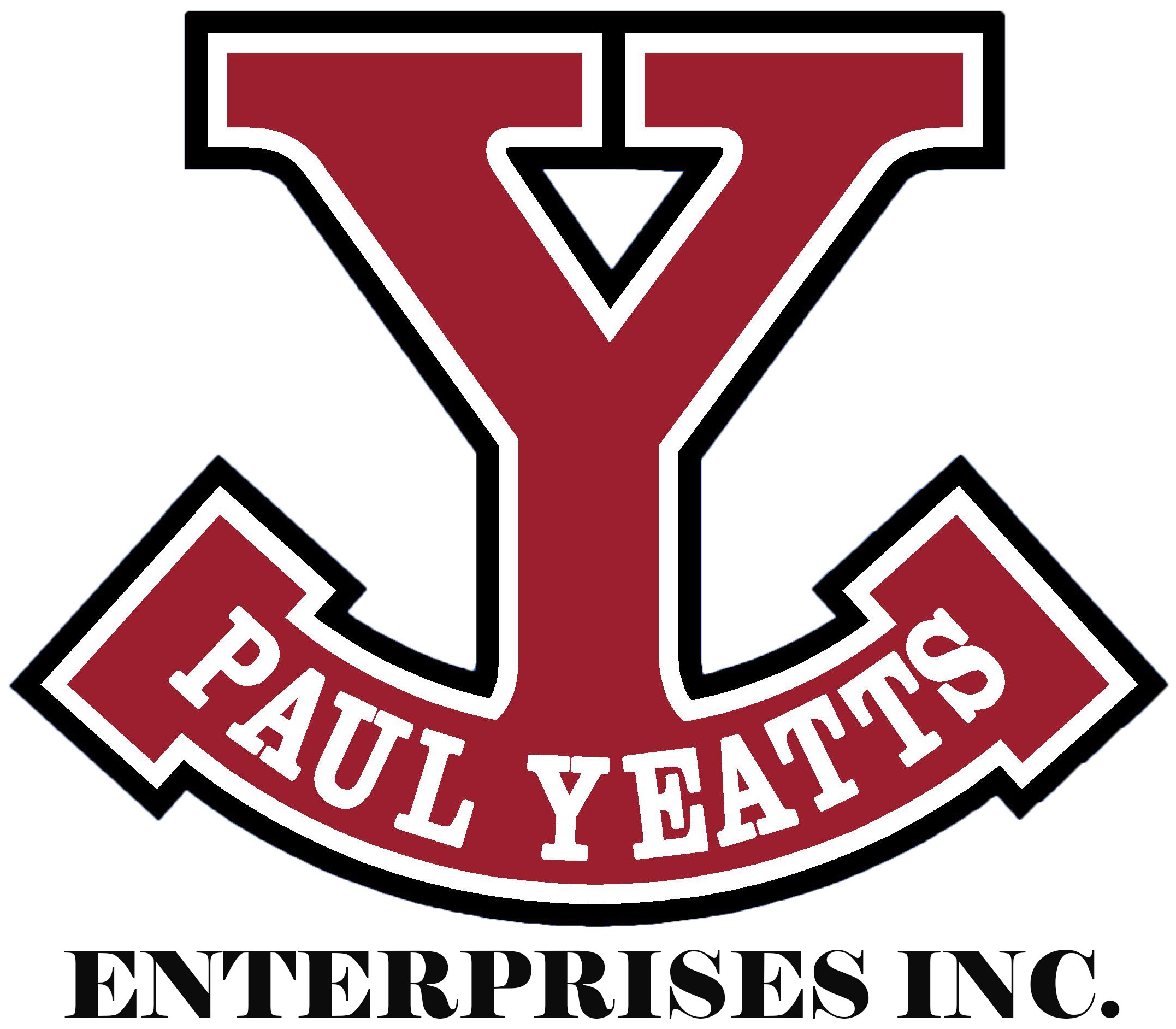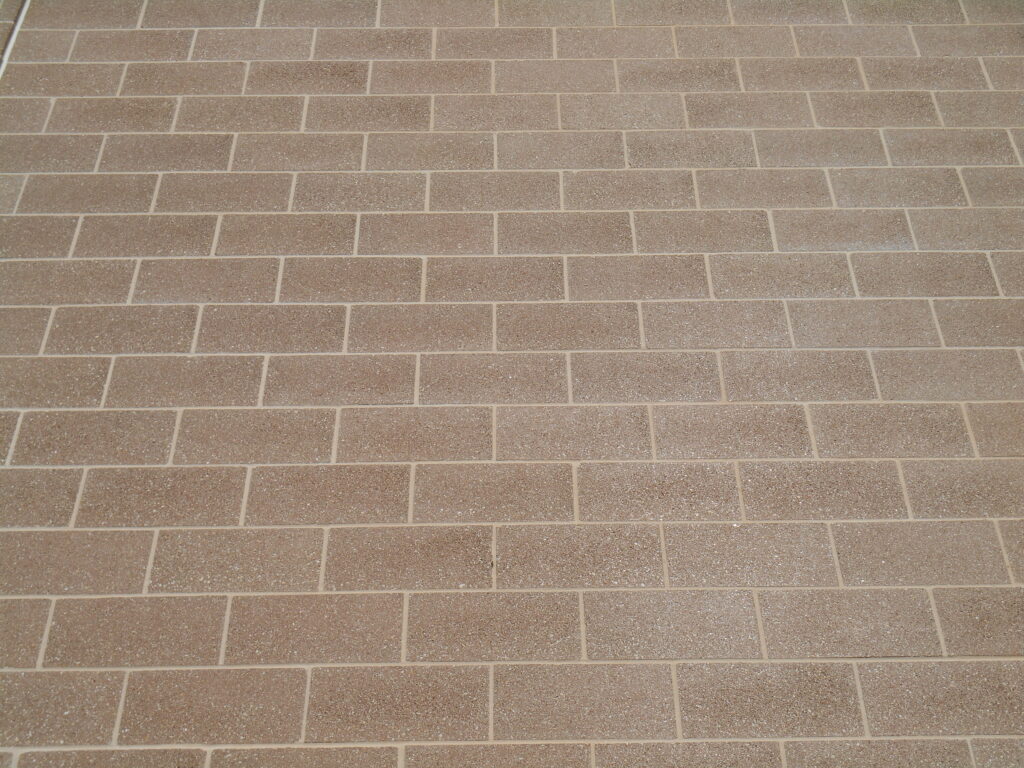
Block
Fabricated masonry units made from a mix of Portland cement, aggregates (like sand, gravel, or crushed stone), and water. The mixture is placed in molds to achieve the desired shape and size, and then cured. The resulting block is relatively lightweight compared to other masonry units and can be hollow or solid.
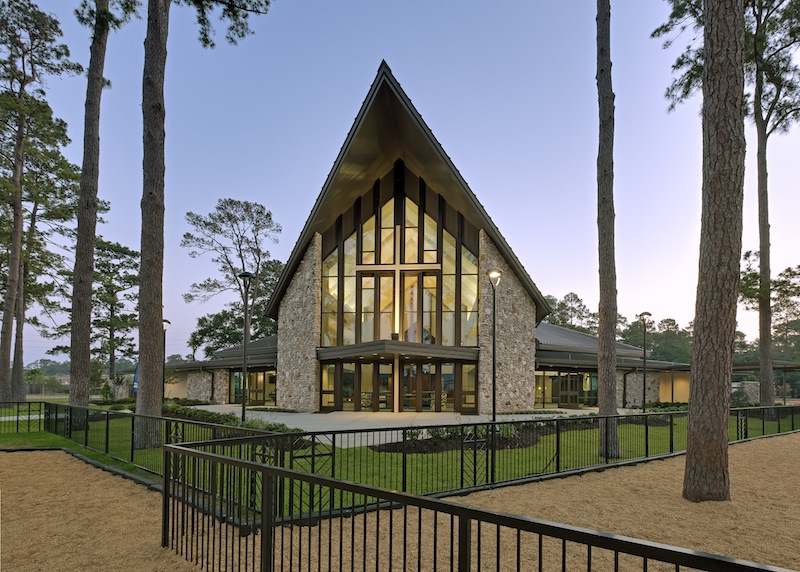
Churches
Throughout history, masonry has played a profound role in the construction of churches, cathedrals, and places of worship. With its capacity to capture both the grandeur and sanctity of spiritual spaces, masonry remains a preferred architectural choice. This document explores the importance and application of masonry in the design and edification of churches.

Fire Stations
Masonry, with its unparalleled blend of durability, fire resistance, and architectural versatility, is a natural choice for fire stations. As these buildings serve as pillars of safety and assurance in communities, the solidity and resilience masonry offers are incomparable. When designing and building a fire station, a collaborative approach with masons experienced in such critical community structures can lead to a facility that stands as a beacon of security and architectural elegance for generations.
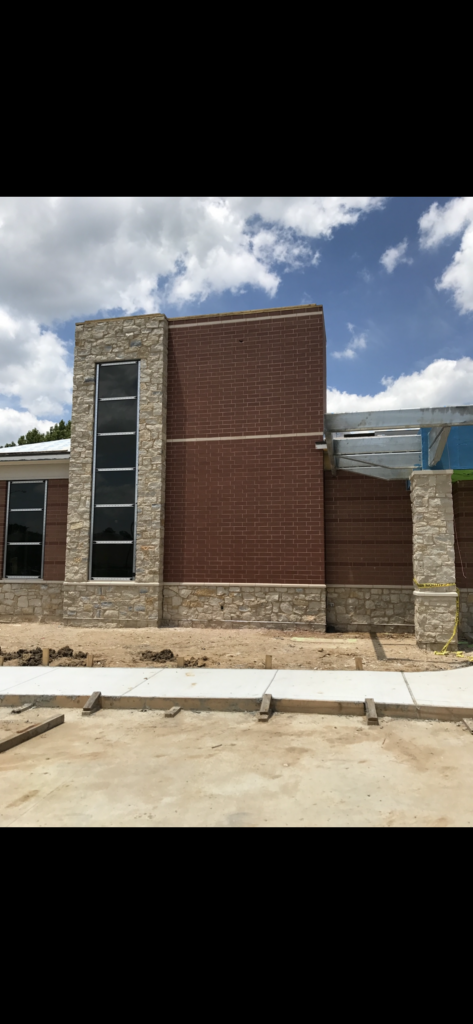
Government & Institutional
For government and institutional buildings, where a blend of form, function, and symbolism is crucial, masonry stands out as an ideal choice. It embodies durability, reverence, and authority, qualities these structures aim to convey. As governments and institutions look towards creating lasting legacies, masonry’s role in shaping these edifices of significance cannot be overlooked.

K-12
When planning masonry projects for schools, it’s essential to consider the school’s needs, the architectural style, and the desired functionality of each masonry feature. Collaboration with architects and designers can ensure the creation of a cohesive, functional, and aesthetically pleasing school environment.
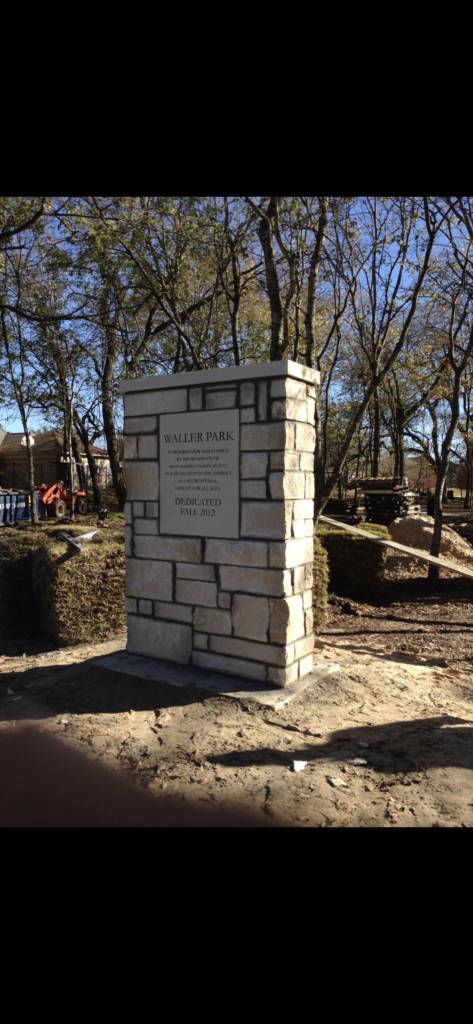
Landscape
Landscape masonry refers to the design and construction of stone or brick structures and features within outdoor environments, like gardens, patios, yards, or any external space associated with a property. These masonry elements enhance the aesthetic appeal, functionality, and value of the landscape.
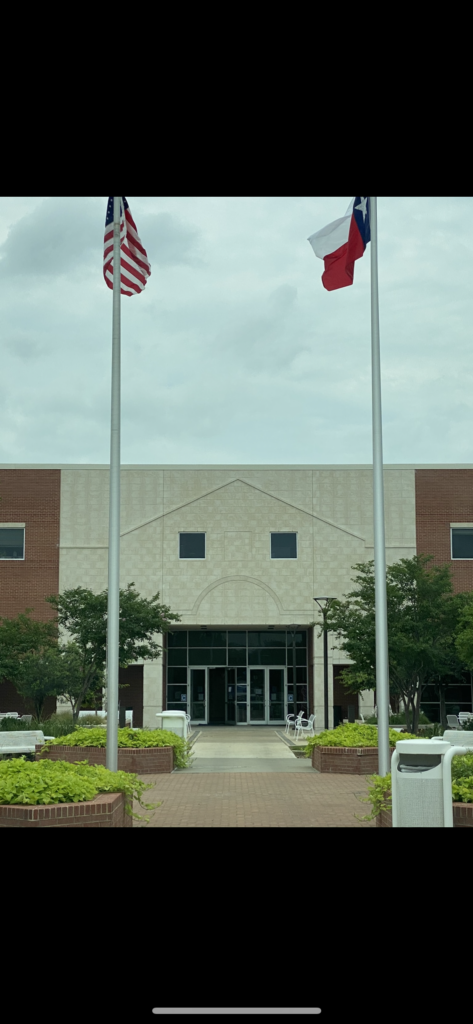
Restoration
Masonry restoration is the process of repairing, maintaining, and preserving masonry structures like brick, stone, terra cotta, and concrete. The goal is to restore the structure to its original state or to prevent further deterioration while maintaining the integrity and historical accuracy (when applicable) of the building.
